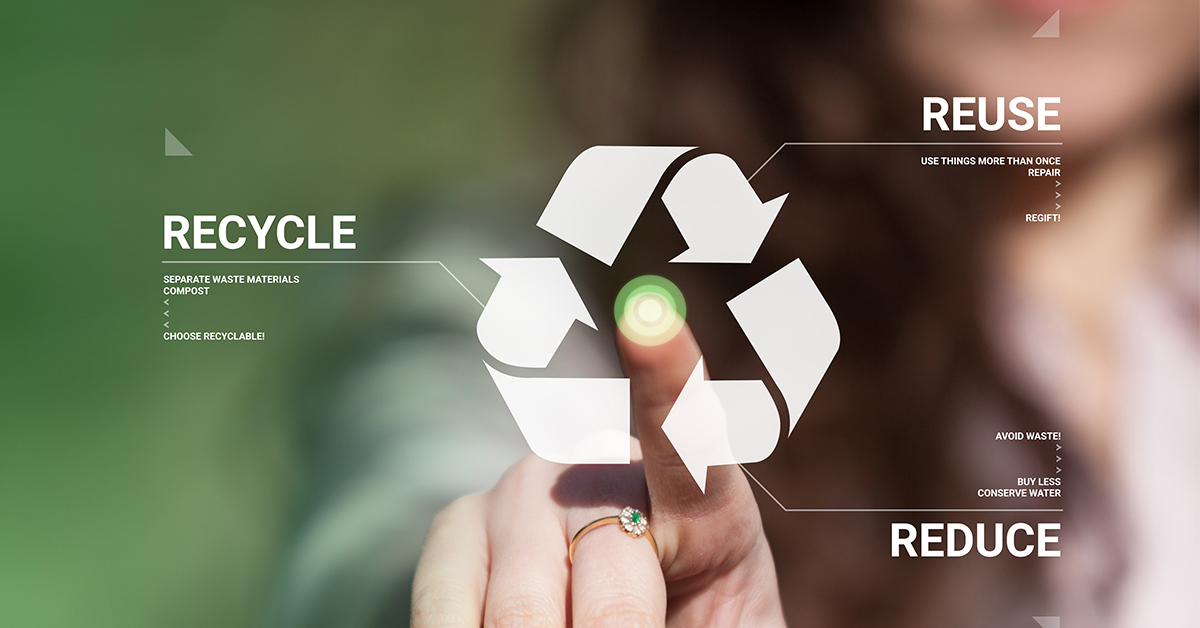Out with the Old, In with the Old

Technology is not disposable. Yet broken products or those that we deem obsolete to us are often discarded, and that’s bad for the environment. The scarce resources and energy used to produce the item is lost. If the product was passed on to someone else to use or, if unfixable, it was harvested for parts, the original materials are kept in use and with little or nothing becoming waste.
Reuse is better than recycling as no additional energy resources are needed and the lifespan of the product is extended, and recycling is better than not because the salvageable components can be used to extend the life of another unit. Which raises the question: what happens to Telecom testers that are defunct, broken, or no longer used?
We’re often asked how we can help contribute to our customers’ circular economy and what initiatives we have to reduce plastic waste and extend the lifecycle of our products. We take back all no longer wanted units from our customers and dispose of any unusable material responsibly to ensure nothing is wasted if it could be put to use. With Earth Day almost upon us, it is an excellent opportunity to shine a light on one of our initiatives in this area.

Here at VIAVI, we have a program that is focused on reusing and recycling our Telecom testers. As a business, we often have trade-in promotions running to enable our customers to upgrade to units that offer more functionality or produce results faster, or are cloud-enabled, for example. But what happens to the testers that have been used in the field and that our customers have traded in? This is where Encore – our second-life program – comes into the picture.
If the unit is working, in production, or is economically fixable, we fix it, clean it and add any missing accessories, make sure it is running the latest hardware and software updates, factory calibrate it, and make it available to buy through Encore, complete with 12 months warranty. Customers sometimes require units to build out their existing fleet of the same test model or have specific testers listed in their operating procedures or want to use them in emerging markets or wish to use circular economy products. In these cases, they have the option to purchase a refurbished instead of a new product.
If the tester is beyond repairing – only some are fixable – we will salvage (re)usable parts that could be used as spares or service parts for instruments that are out in the field. Doing this enables usable lifetime extension of some models of testers as we can only support products where parts are still available. Once we have run out of spares, the model will go ‘end-of-life’ because we can no longer service and fix broken units. Any obsolete models we have returned to us are then stripped for recycling as much as we can to minimize waste going to landfill.
For newer testers, where possible, we design them to be modular. This has the benefit of having a common mainframe platform with intelligence incorporated that is upgraded or transformed to do another job by simply changing modules. The modularity results in a longer usable life. Additionally, VIAVI test modules can often be used on multiple test platforms. This approach is a win for the operator as they minimize the cost associated with training and upgrades, and also benefit the environment over time with longer usable lifecycles, easier re-use, and lower landfill needs.
Discover more about our sustainability initiatives and ESG program.




